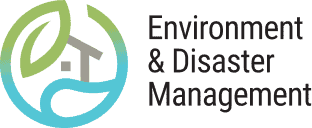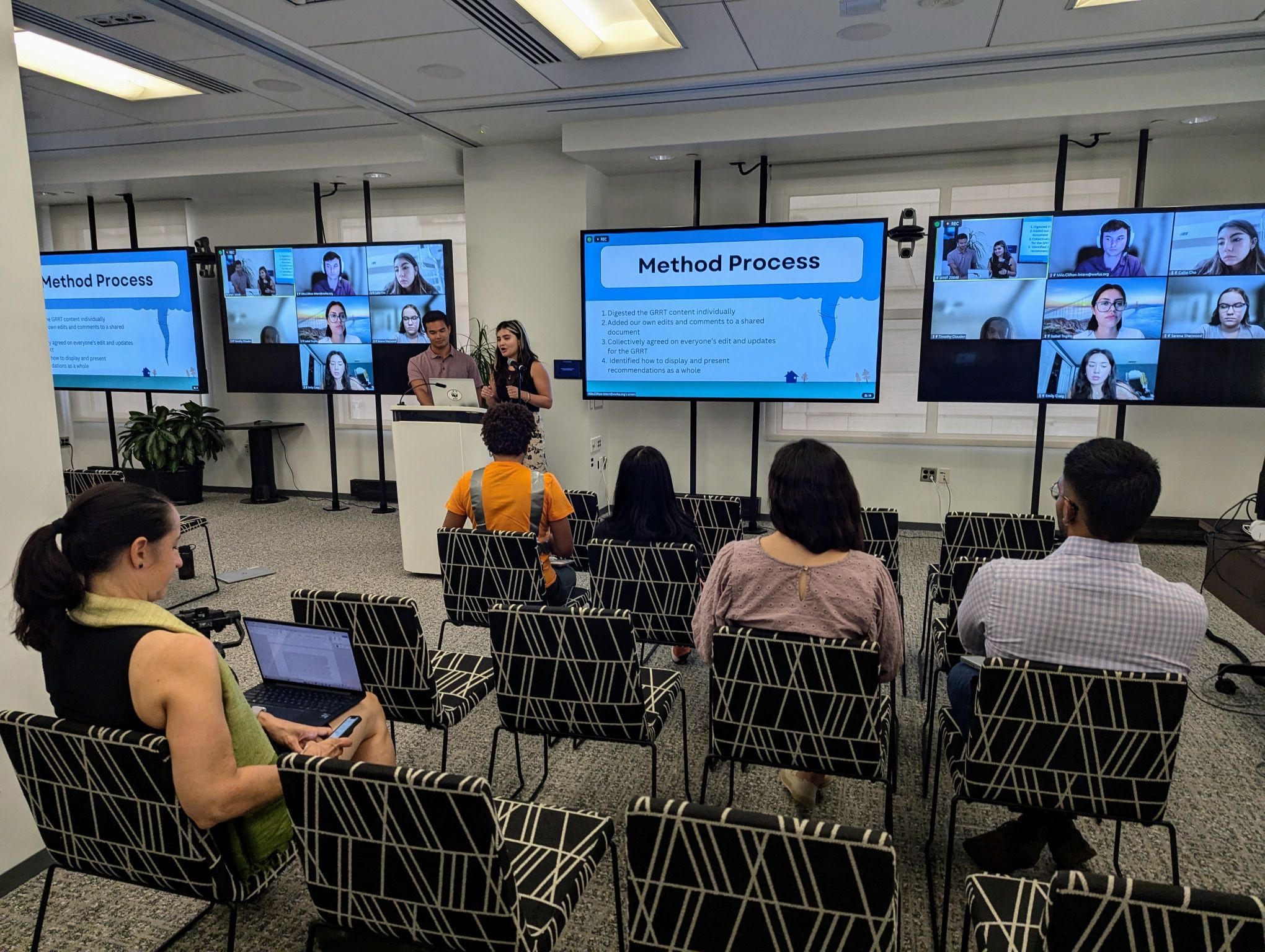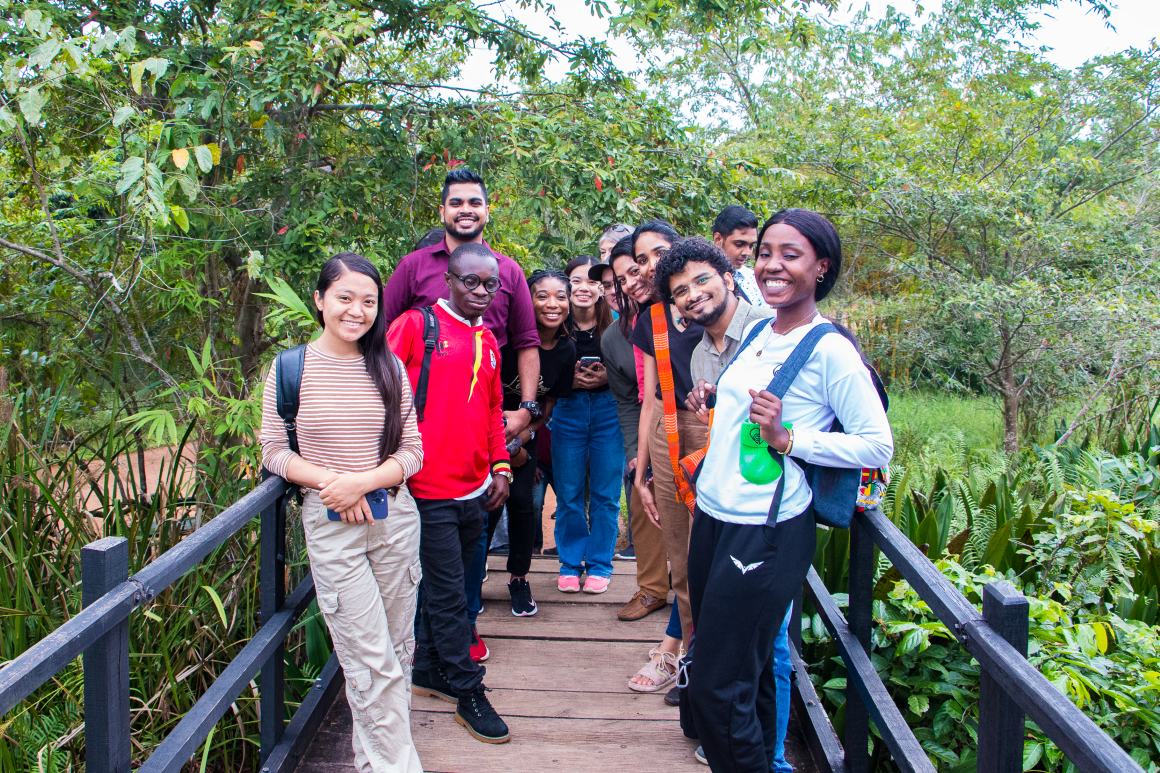Published on:
14 March 2017
Share this:
While some mapping is conducted by professionals with sophisticated technical equipment, UNICEF has instead targeted youths as experts in mapping social and environmental risks in communities around the world.[1] The goal behind this initiative is to enhance community engagement and participatory planning to more effectively reduce risk in vulnerable communities. The process starts with youth playing with phones and kites, and ends in community-initiated improvement projects, such as cleaning accumulated waste in areas at risk of landslide and repairing dilapidated bridges in flood-prone regions.[2]
UNICEF developed the idea in 2011 in response to the high vulnerability of favelas (informal neighborhoods) in Rio de Janeiro, a coastal city in Brazil. Rio de Janeiro sits just above sea level, and the densely populated mountainside favelas frequently experience deadly floods, landslides and damage due to disasters. In partnership with technology experts, UNICEF created an application that crowd-sources information on risks and vulnerabilities from youth living in the favelas.[3]
With the application loaded on their smart phones, the youth photograph social or environmental risks and label the hazards shown in the images.[4] The photos are automatically linked to the location and uploaded to the Voices of Youth mapping platform.[5] Youths are also encouraged to capture aerial images of the community by flying kites with cameras attached to them. The aerial photography helps researchers identify the presence or absence of infrastructure, evacuation routes, waste and other issues.[6]
Since its inception in 2011, the project launched in Rio de Janeiro has grown into a global platform called Voices of Youth Maps.[7] It has become so successful that the application now uses an urgency filter to communicate the importance of reported hazards.[8] All of this information is presented to local authorities through the website and social media.[9] With this information, the youth mappers and local municipality collaborate to devise a plan of action for addressing the identified problem.[10]
Voices of Youth provides simple risk mapping technologies that allow youth to catalyze change and reduce social and environmental risks within their community. By engaging youth in making decisions about community improvements, cities around the world are creating a sense of ownership in community projects, thereby empowering their citizens. The Voices of Youth project demonstrates how community engagement can contribute to essential hazard risk reduction.
For more information on Voices of Youth maps, visit: http://www.voicesofyouth.org/en/maps.
CASE STUDY ADOPTED FROM THE FOLLOWING SOURCES:
Maria Estela Caparelli, Ludmilla Palazzo and Rhazi Kone, In Brazil, Adolescents Use UNICEFs New Digital Mapping Technology to Reduce Disaster Risks in the Favelas, UNICEF, May 20, 2015, accessed June 23, 2015, http://www.unicef.org/statistics/brazil_62043.html.
Katarzyna Pawelczyk, Voices of Youth Takes Digital Mapping Project to the Next Level, UNICEF, October 30, 2013, accessed July 23, 2015, http://www.unicef.org/adolescence/index_70781.html.
Voices of Youth Maps, About Us, July 23, 2015, http://www.voicesofyouth.org/en/maps/about-us.
[1] Maria Estela Caparelli, Ludmilla Palazzo and Rhazi Kone, In Brazil, Adolescents Use UNICEFs New Digital Mapping Technology to Reduce Disaster Risks in the Favelas, UNICEF, May 20, 2015, accessed June 23, 2015, http://www.unicef.org/statistics/brazil_62043.html.
[2] Ibid.
[3] Katarzyna Pawelczyk, Voices of Youth Takes Digital Mapping Project to the Next Level, UNICEF, October 30, 2013, accessed July 23, 2015, http://www.unicef.org/adolescence/index_70781.html.
[4] Ibid.
[5] Maria Estela Caparelli, Ludmilla Palazzo and Rhazi Kone, In Brazil, Adolescents Use UNICEFs New Digital Mapping Technology to Reduce Disaster Risks in the Favelas, UNICEF, May 20, 2015, accessed June 23, 2015, http://www.unicef.org/statistics/brazil_62043.html.
[6] Ibid.
[7] Katarzyna Pawelczyk, Voices of Youth Takes Digital Mapping Project to the Next Level, UNICEF, October 30, 2013, accessed July 23, 2015, http://www.unicef.org/adolescence/index_70781.html.
[8] Ibid.
[9] Voices of Youth Maps, About Us, July 23, 2015, http://www.voicesofyouth.org/en/maps/about-us.
[10] Maria Estela Caparelli, Ludmilla Palazzo and Rhazi Kone, In Brazil, Adolescents Use UNICEFs New Digital Mapping Technology to Reduce Disaster Risks in the Favelas, UNICEF, May 20, 2015, accessed June 23, 2015, http://www.unicef.org/statistics/brazil_62043.html.



